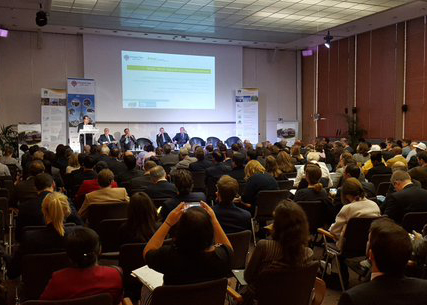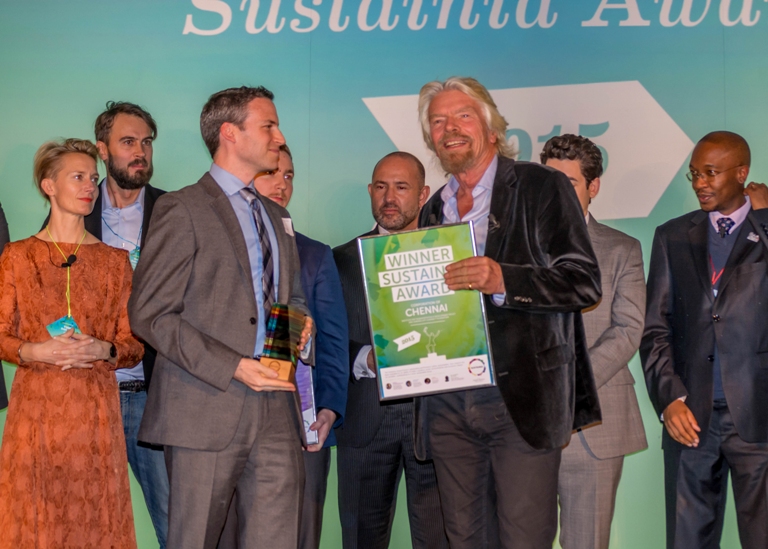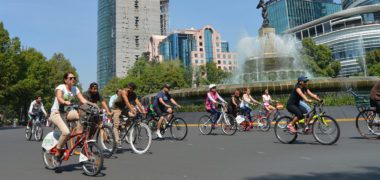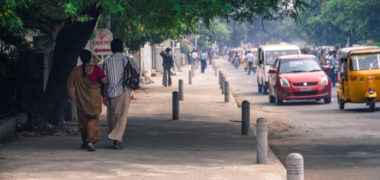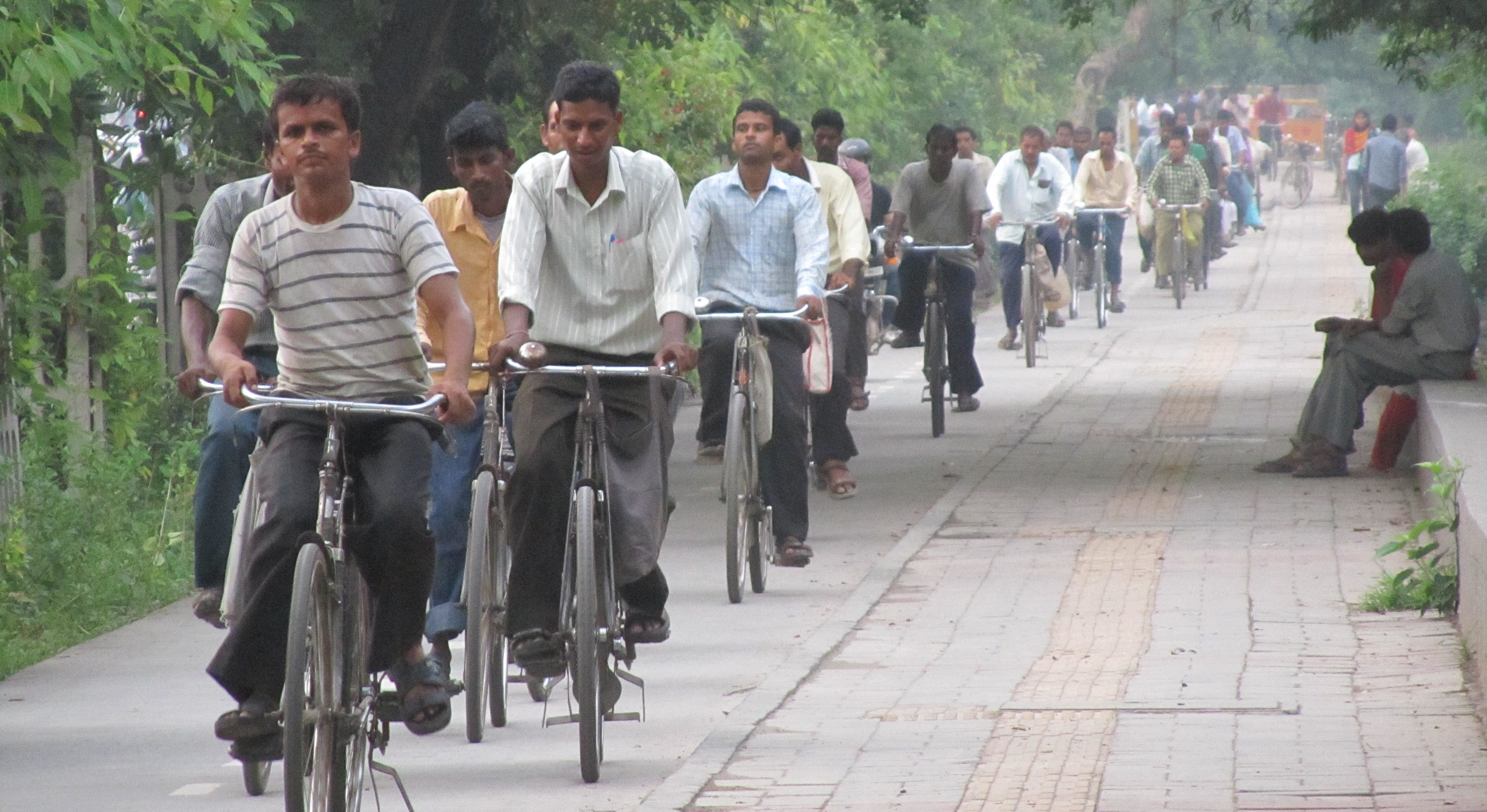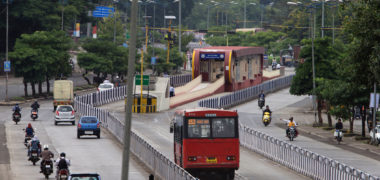“This is a well-conceived project. If you can translate this into reality, it will be heaven”. This is what Mr. P. Nagaraj, an 83-year old citizen of Coimbatore, had to say after viewing the life-sized visualisations of the Model Roads on display at the Coimbatore Smart Streets Exhibition. His words echoed the opinion of many who attended the exhibition, all of whom eagerly await Coimbatore’s street transformation.
The Coimbatore City Municipal Corporation organised the exhibition to inform the public in detail about the designs of the 6 Model Roads. People voiced their thoughts about the designs and the feedback collected will help shape the final designs of Coimbatore’s Smart Streets. The Coimbatore Street Design and Management Policy was also launched during the exhibition, marking an important milestone for the city!
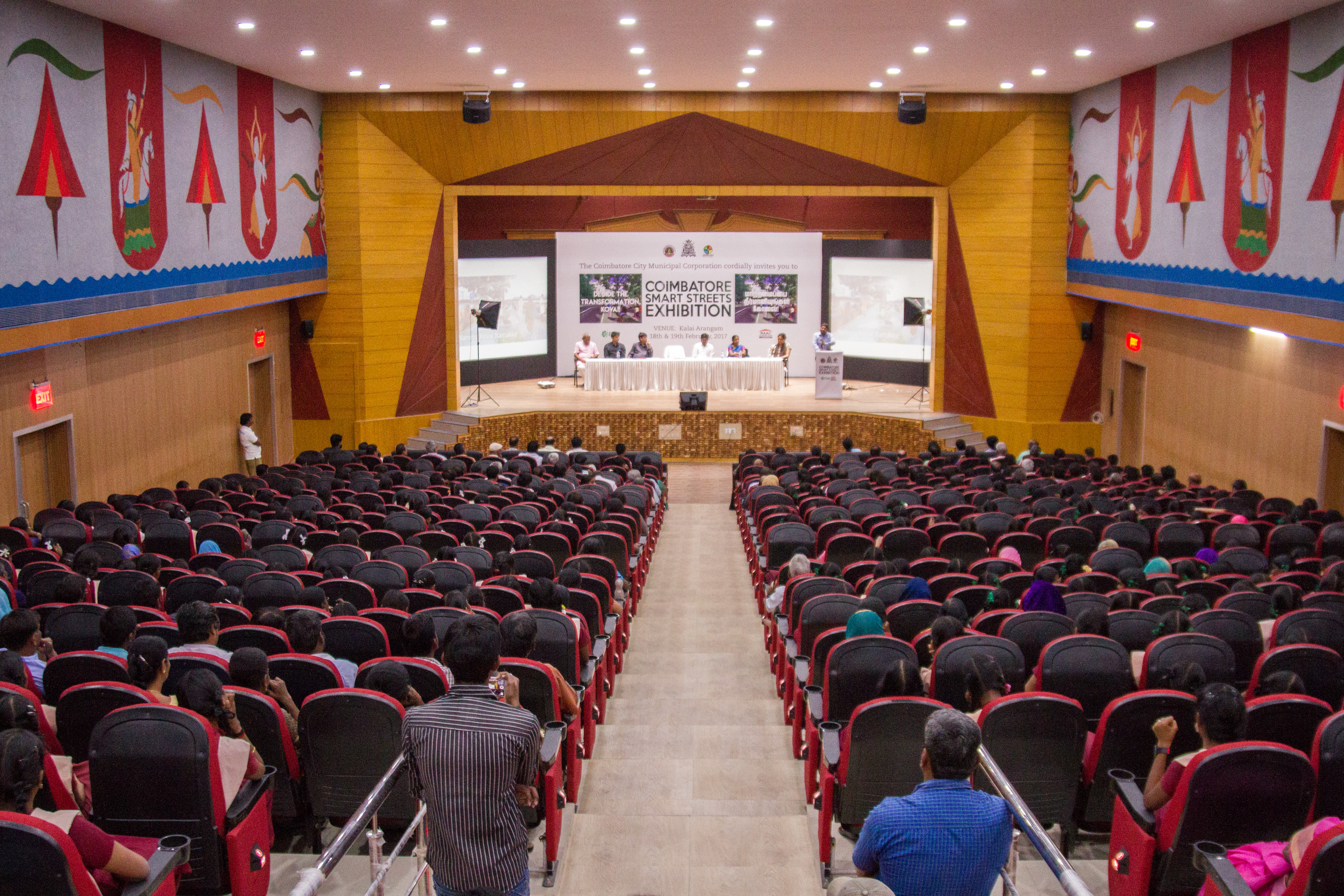
The policy that has been adopted by the city, provides guidelines for the transformation of Coimbatore’s streets. Ambitious goals have been set to promote safe and equitable access for all users. These include increasing mode share of walking and cycling to at least 50% of all trips and that of public transport to 50% of all motorised trips in 15 years. The policy also aims to stabilise the number of vehicle kilometres travelled by personal motor vehicles (PMVs) by 2031, ensuring it does not exceed beyond 20% of the current figure.
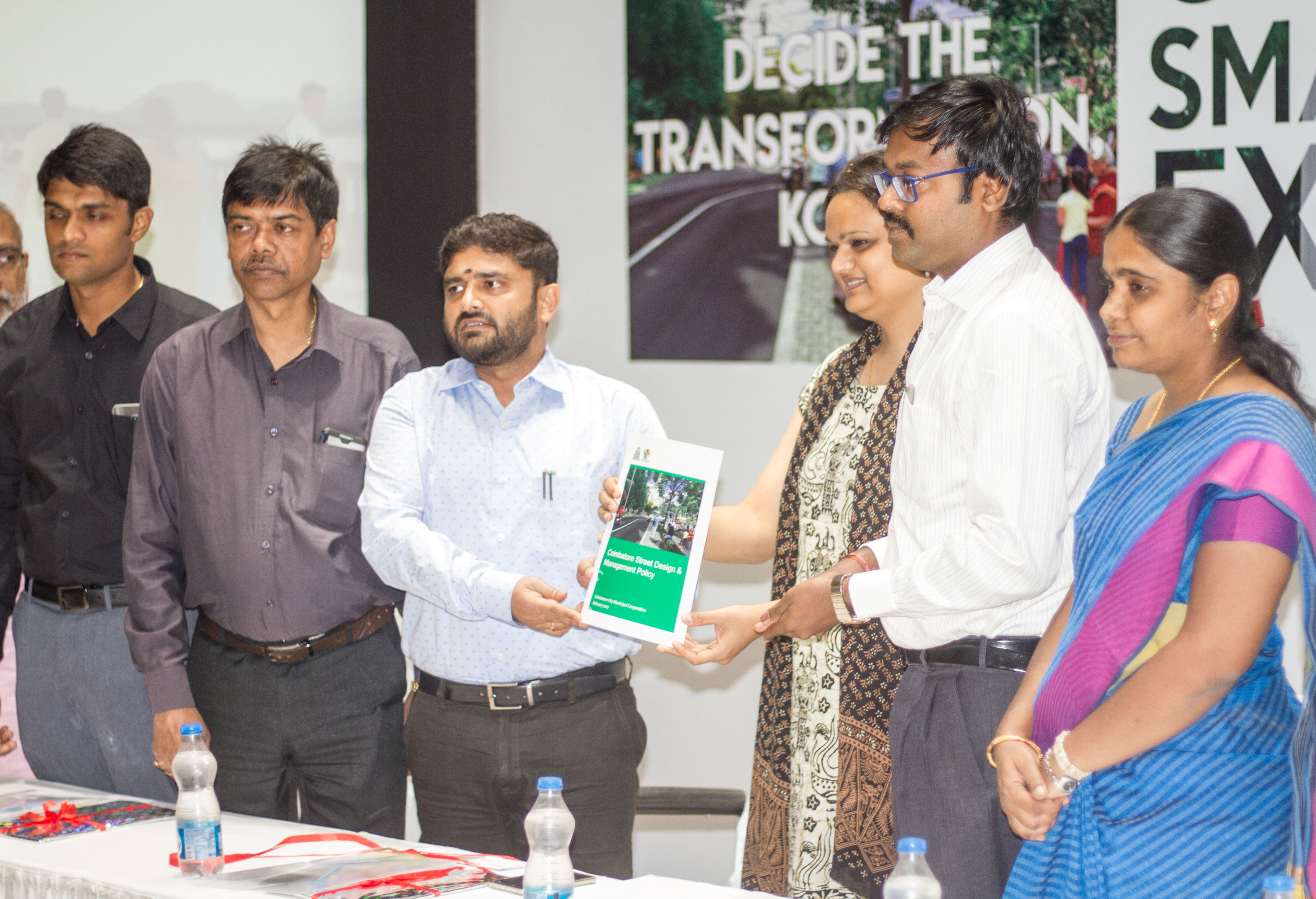
The Coimbatore Street Design & Management Policy was launched in the presence of the dignitaries of the day: Left to Right – Mr. Sandeep Nanduri IAS, Commissioner of Madurai City Municipal Corporation, Mr. T.K.Majumdar, Director, Internal Finance, Ministry of Urban Development, Mr. Prakash Govindasami IAS, Commissioner of Municipal Administration, Ms. Shreya Gadepalli, Director- South Asia, ITDP, Dr. K.VIjayakarthikeyan IAS, Commissioner of Coimbatore City Municipal Corporation, Ms. P.Gandhimathi, Deputy Commissioner, Coimbatore City Municipal Corporation
At the inaugural event, the Commissioner of Coimbatore City Municipal Corporation, Dr. K. Vijayakarthikeyan IAS, explained that Model roads, as the name suggests, are those streets that will be exemplary of the kind that Coimbatore will have in the future – a model to look up to. These streets will include high quality walking and cycling facilities, improved access to public transport, organised parking & vending zones and streamlined junctions.The Model Roads project is an initiative by the Corporation under the Smart Cities Mission, hence the coinage of the term ‘Smart Streets’.
The Commissioner of Municipal Administration, Mr. Prakash Govindasami IAS delivered the special address at the event. “Everybody might not have a car, but we all have legs. We need to have the freedom to walk safely on the streets. And your voice should help make that happen”, stressed Mr. Prakash, explaining how the government inviting public participation in their initiatives, is the approach of this day and age.
The public raised interesting opinions about the design of the streets, including requests to provide bus bays and entry/exit angles in parking bays. Advait Jani, Program Coordinator at the Institute for Transportation and Developmental Policy, replied, “Buses tend to move straight instead of making the turn into and out of a bus bay. Also, bus bays eat up much space – space that could otherwise be provided to pedestrians for walking. As to turning angles in parking bays, they benefit only the first and last slots in a bay. The splays work only in taxi bays as there is continuous movement and a queuing system is followed.”
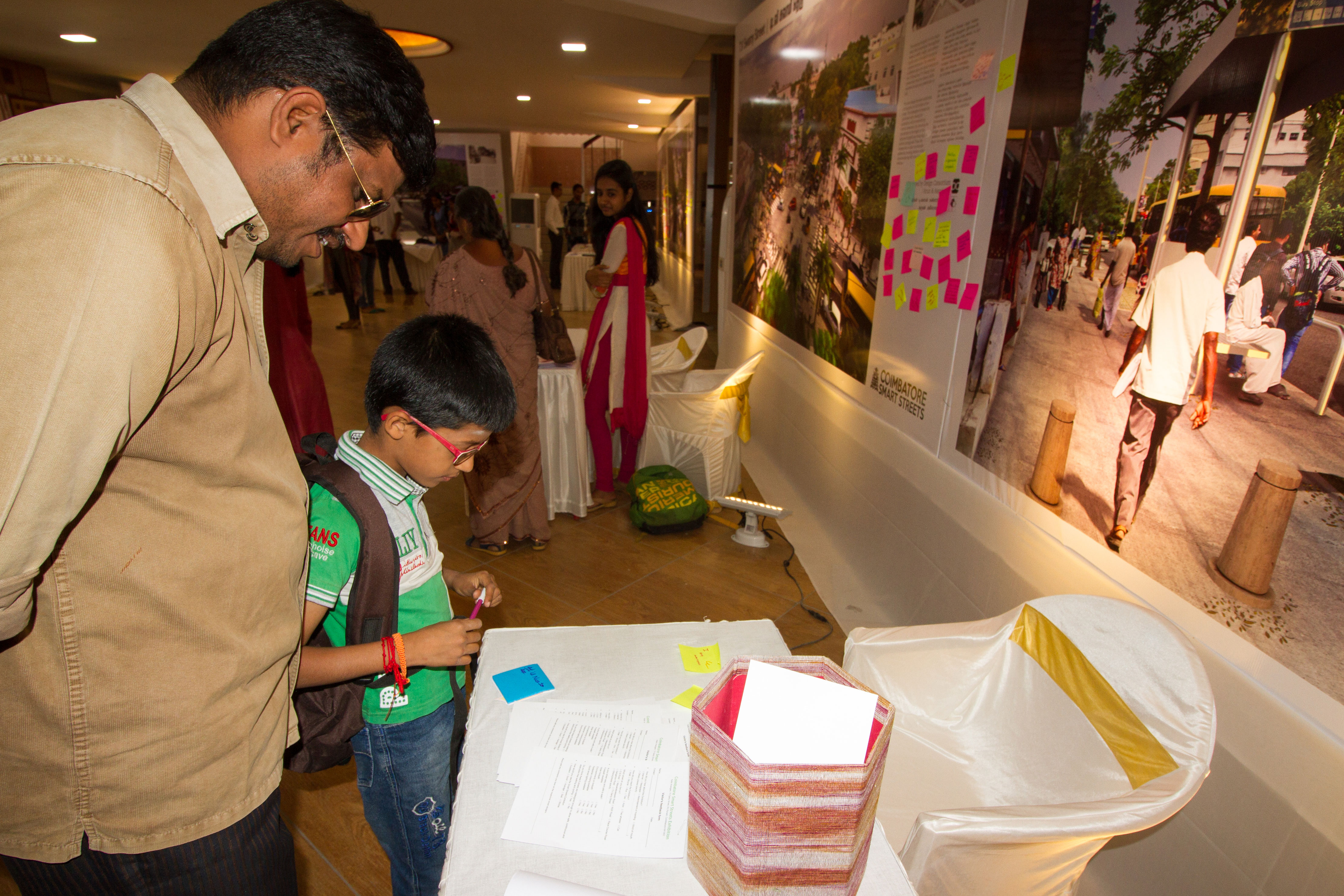
Another concern among the people was the absence of exit lanes at intersections, which might hinder with free flow of traffic. “Exit lanes are generally provided in highways where vehicles are expected to move fast and continuously, not at intersections on urban roads. Moreover, according to current traffic regulations, free lefts are forbidden. They are dangerous as well to the pedestrians crossing the road, and increase crossing distance”, said Advait Jani.
The intersection testing that was conducted along with the exhibition, helped the architects and transportation experts explain the concept better. The junction of TV Swamy and DB Roads is proposed to become an iconic intersection with increased safety for all users. The proposed design creates a tighter intersection and thus reduced vehicle turning speed. This was tested out on-site for a period of four days, with space at all 4 corners of the intersection reclaimed for the pedestrians with exciting artwork.
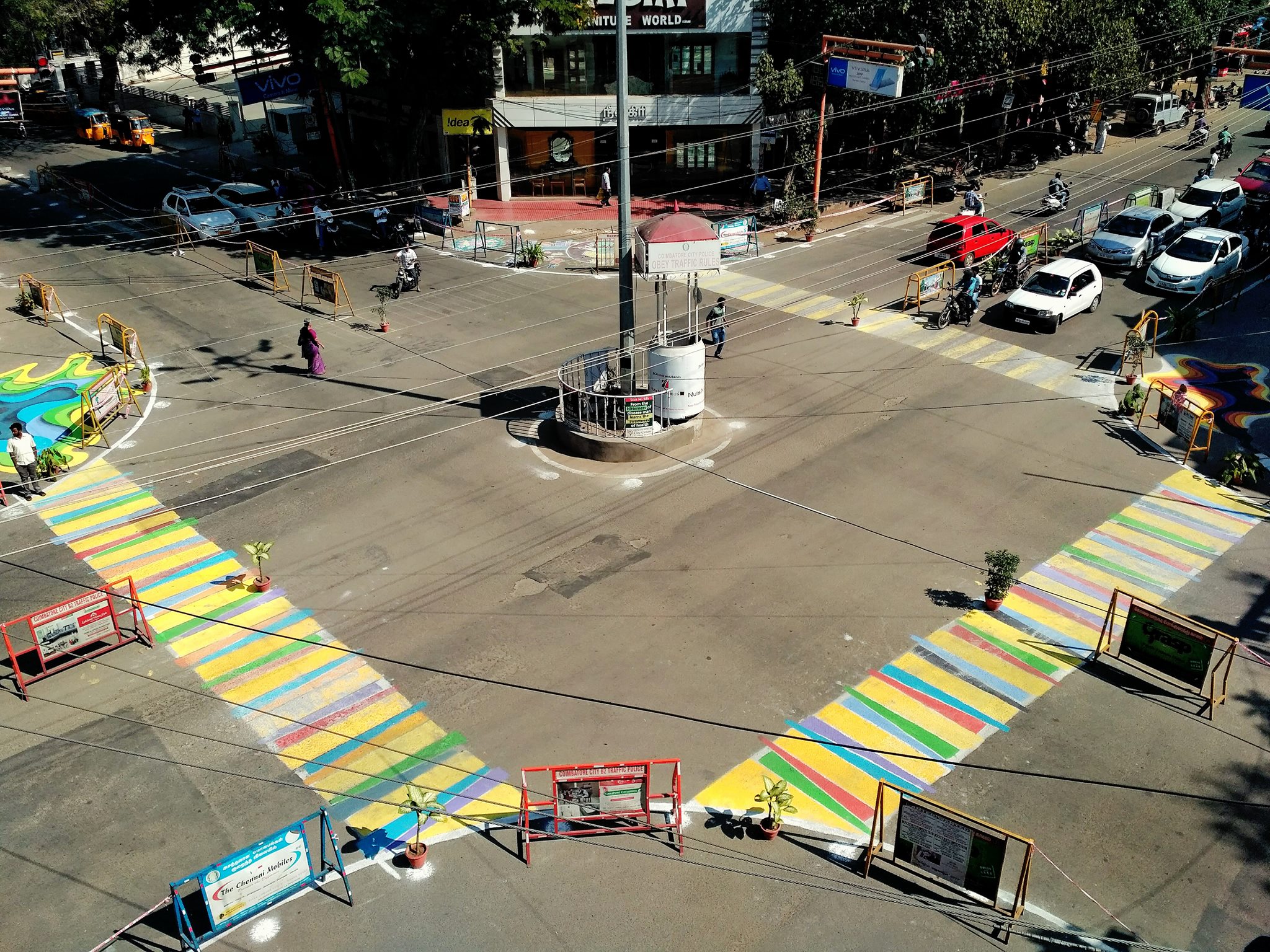
Following the exhibition, excavation has started on DB Road to allow for construction to begin soon. The Corporation has set a deadline of 3 months for the completion of DB and TV Swamy roads in the first phase of the project. Once constructed, these streets will become the pedestrians’ haven!




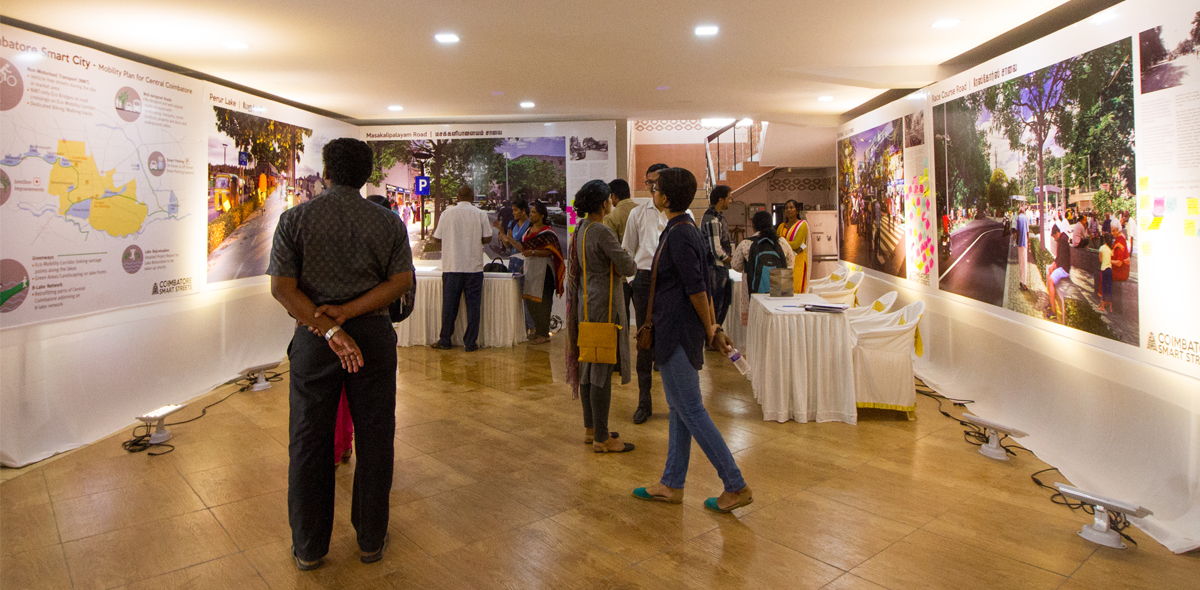
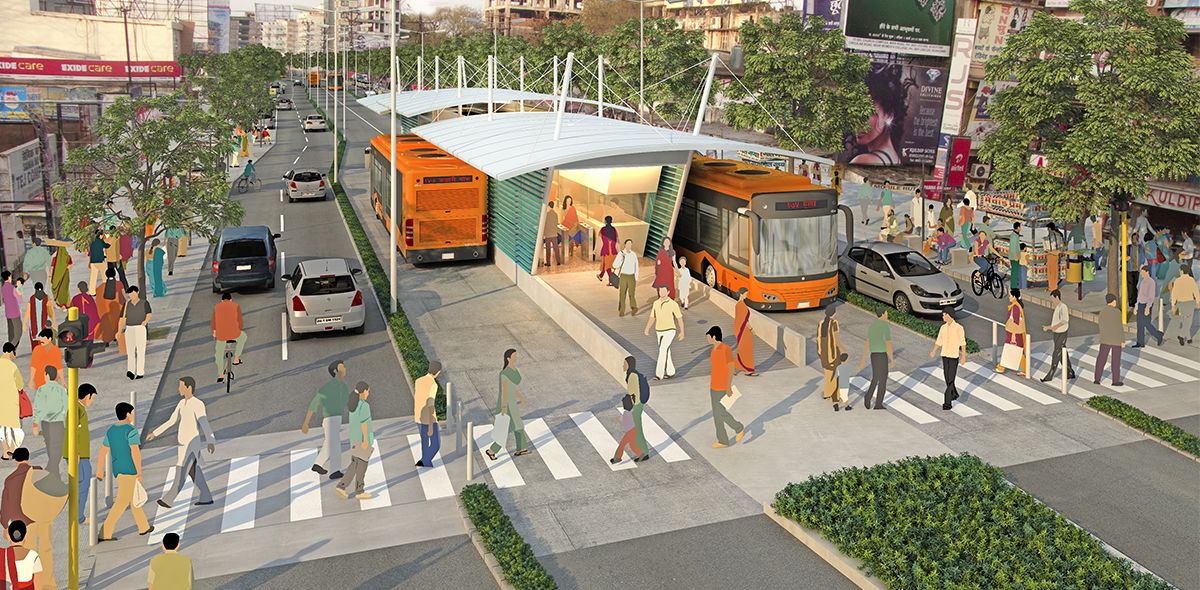
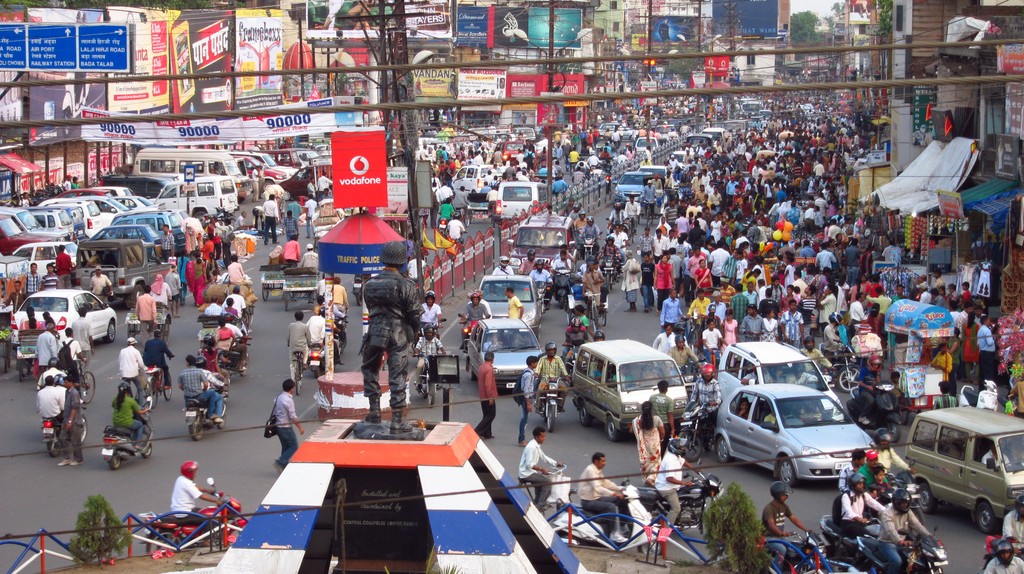
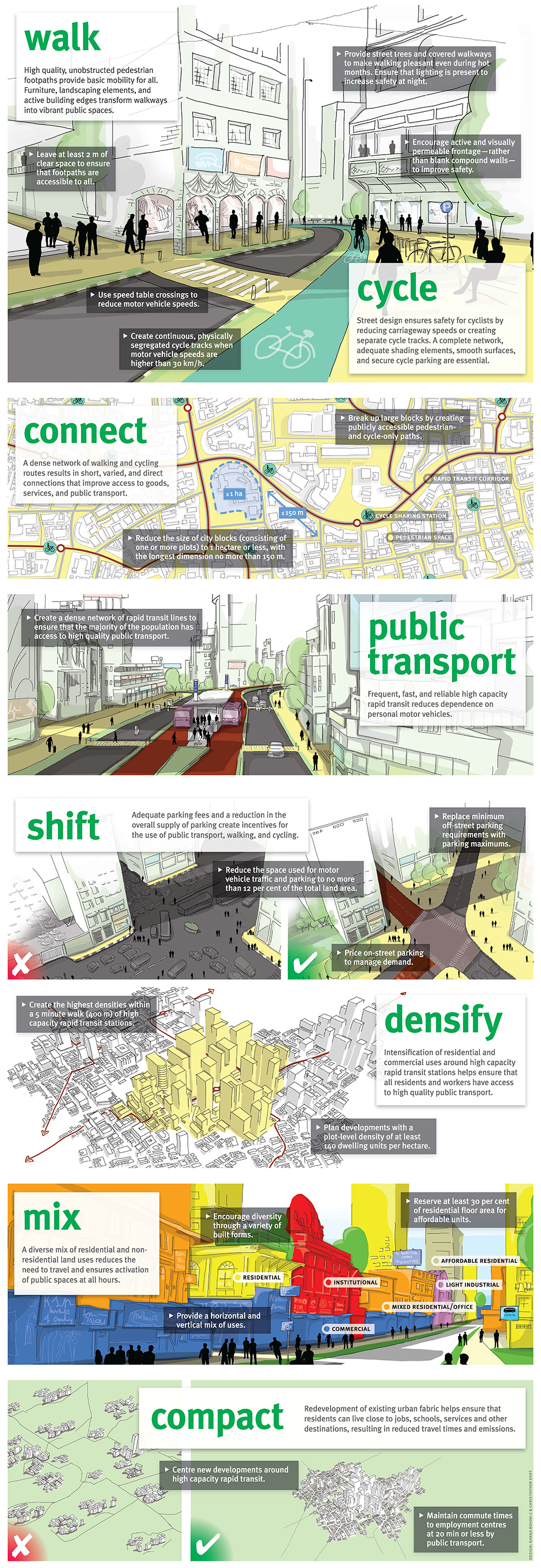
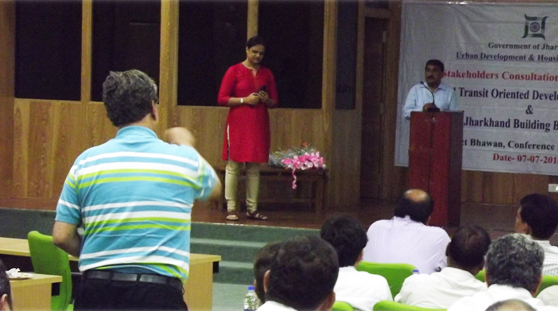
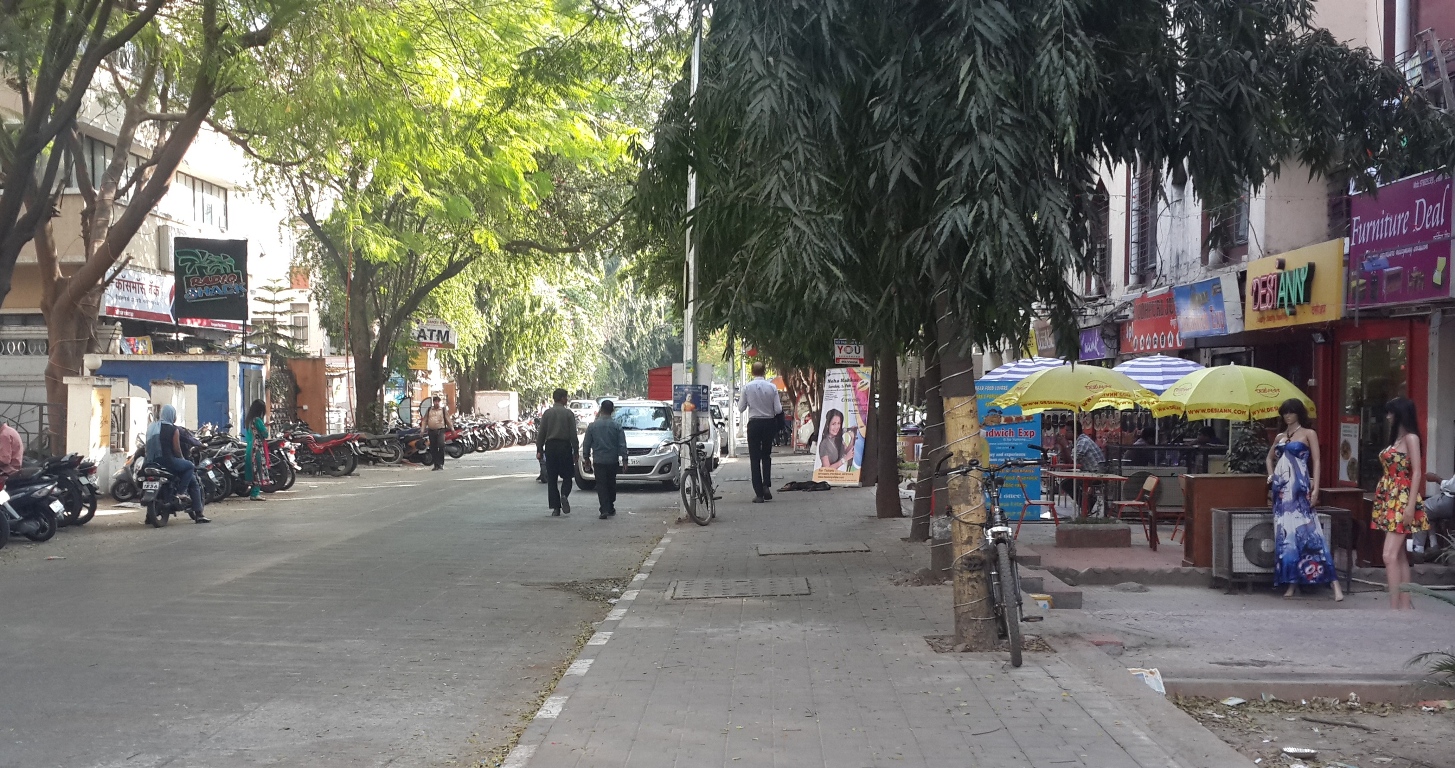
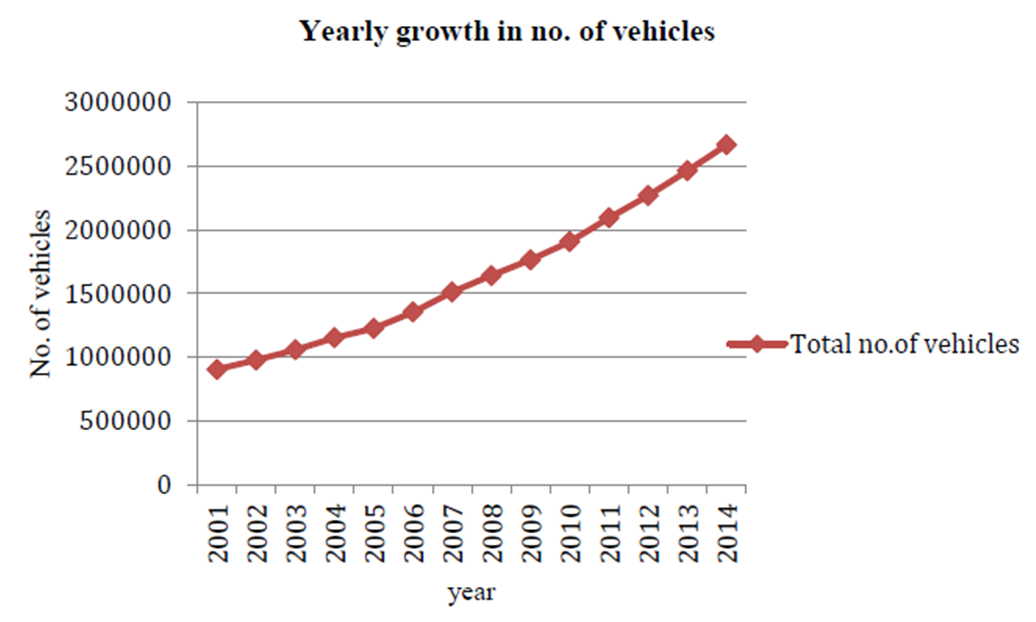
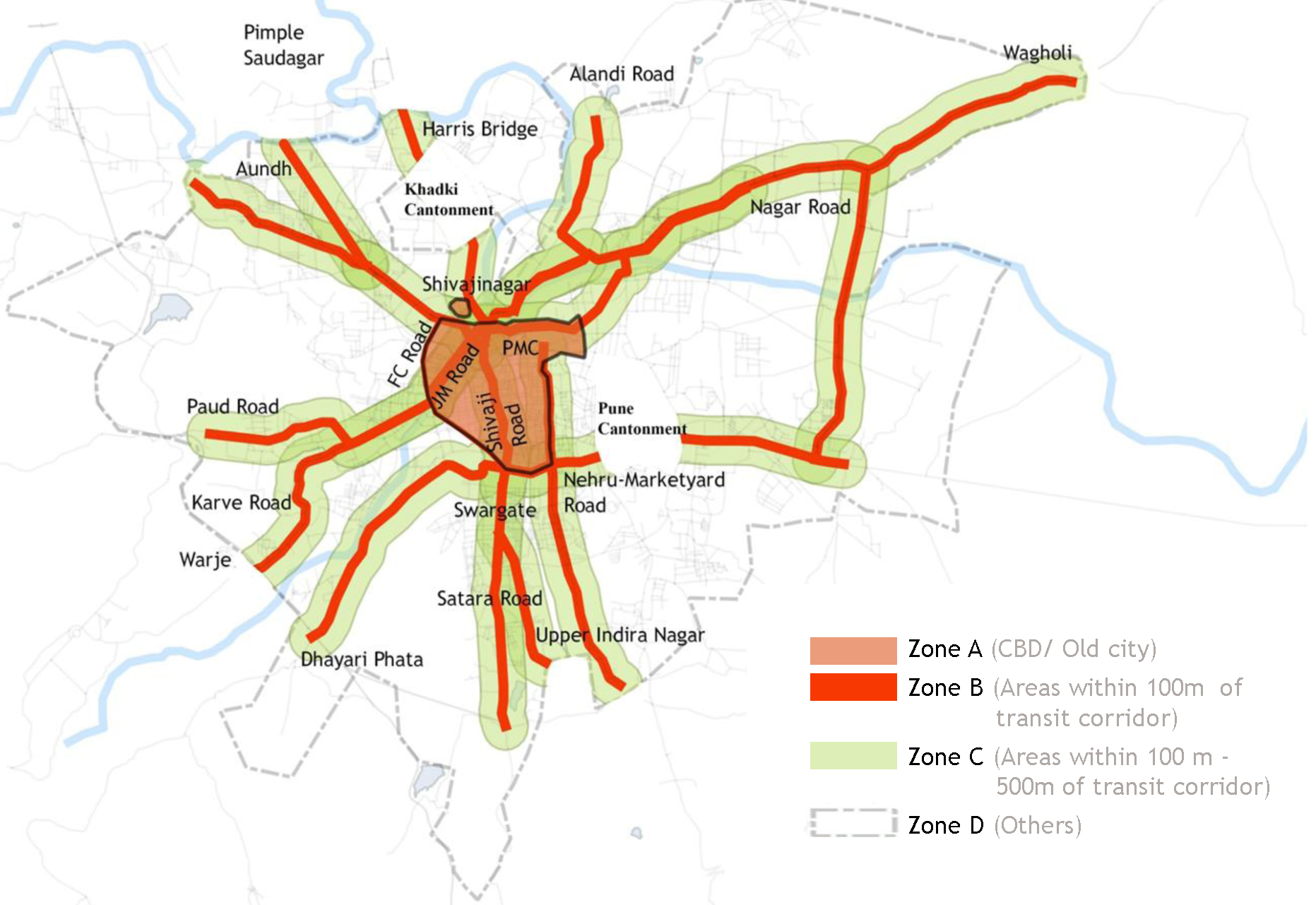

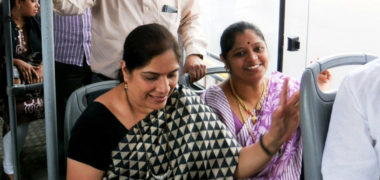
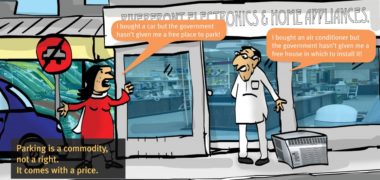
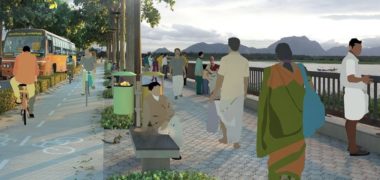
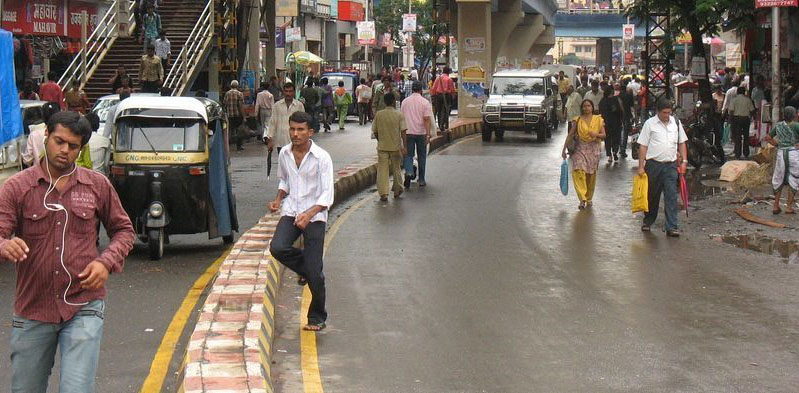
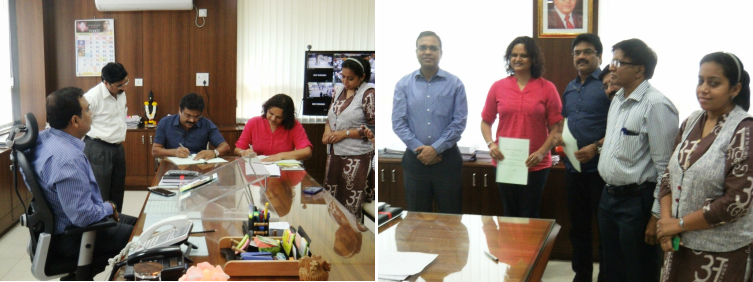
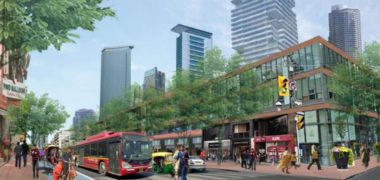
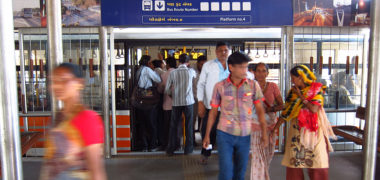
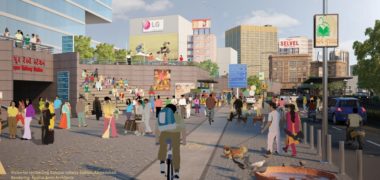
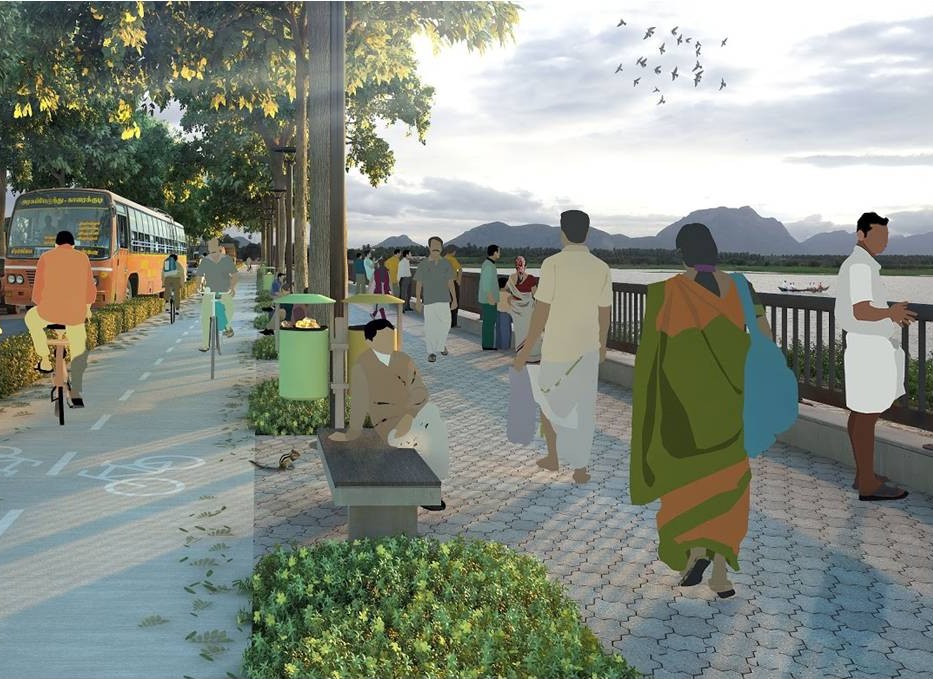
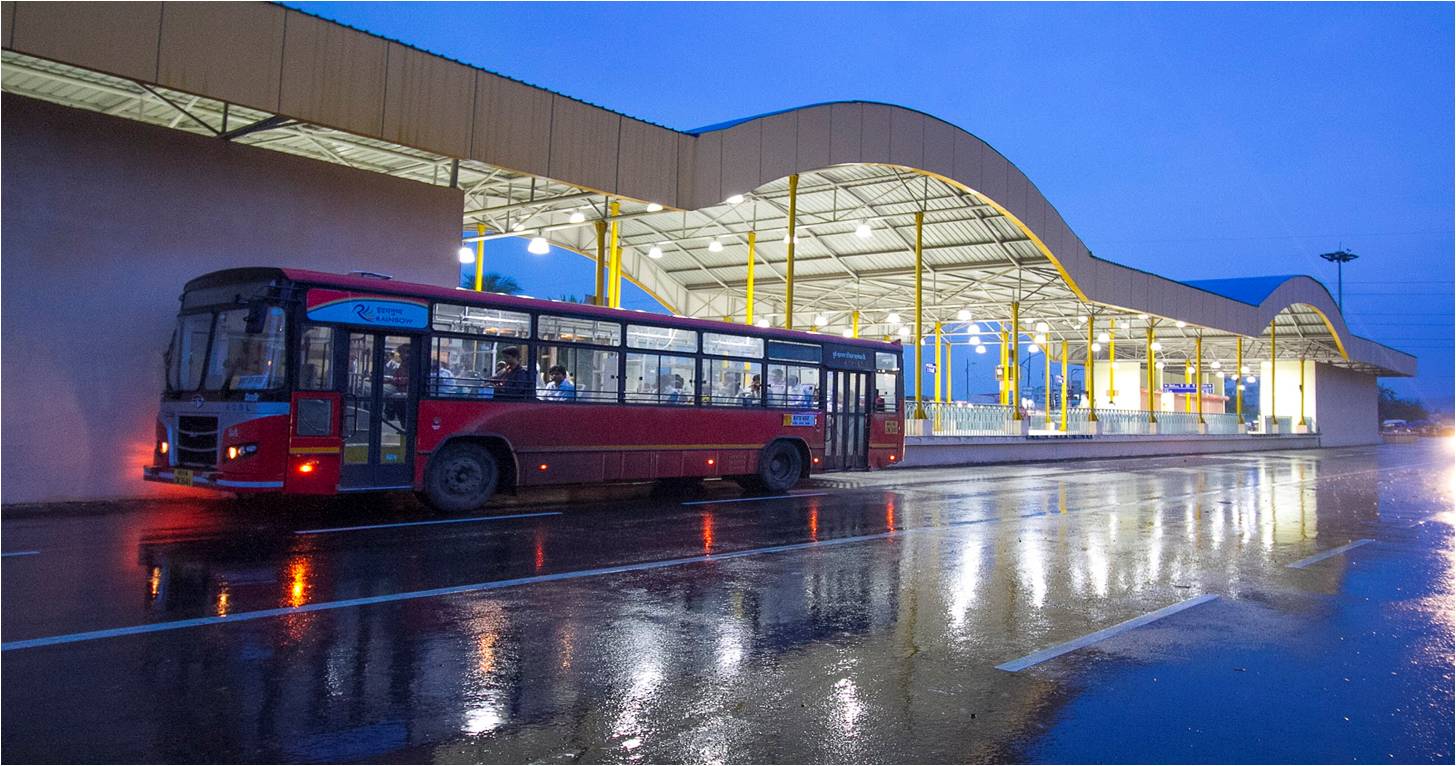
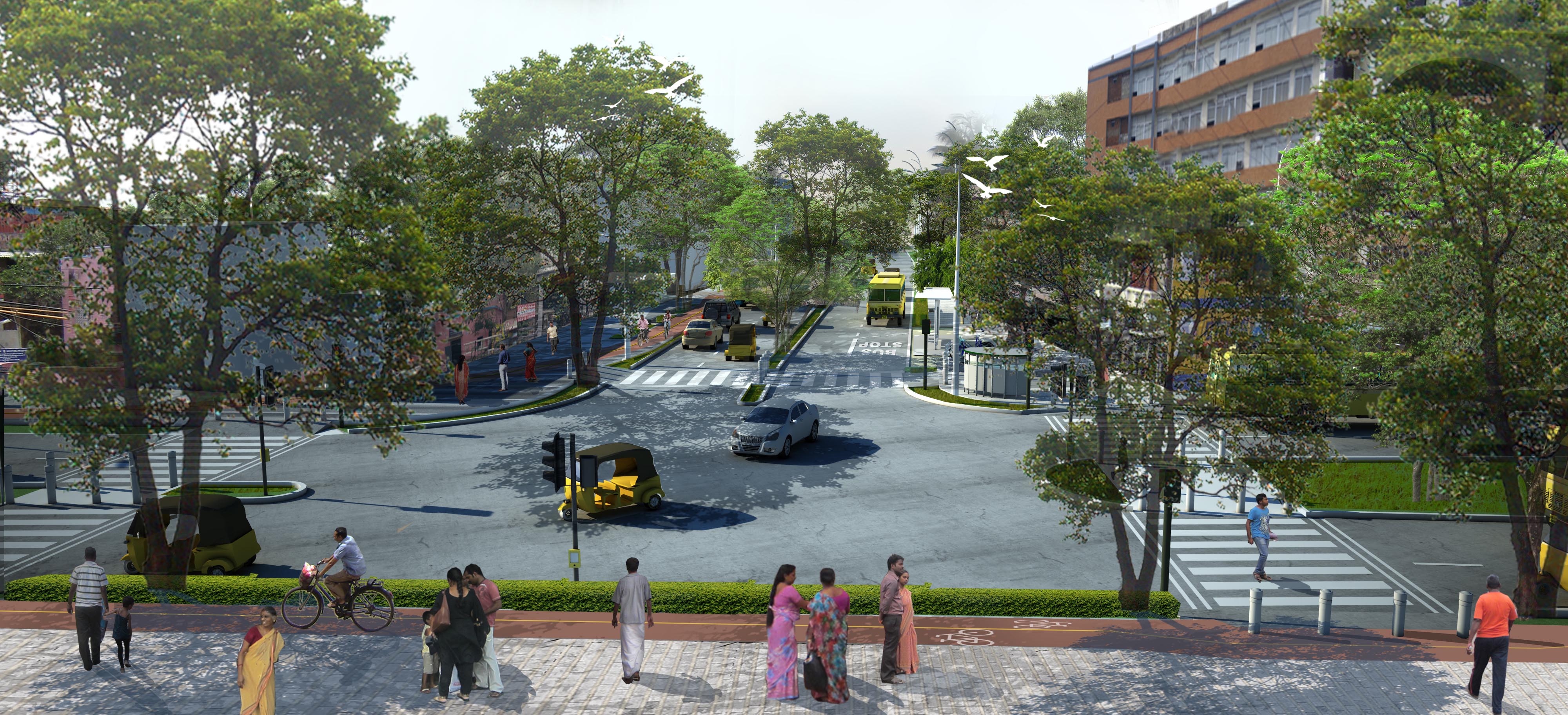
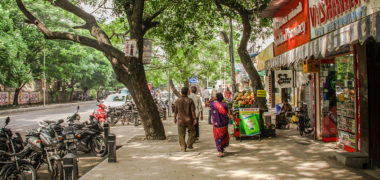
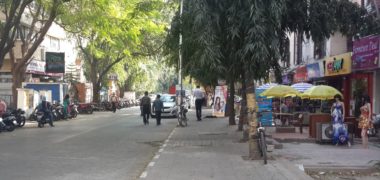
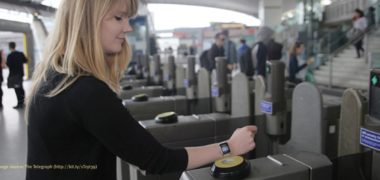
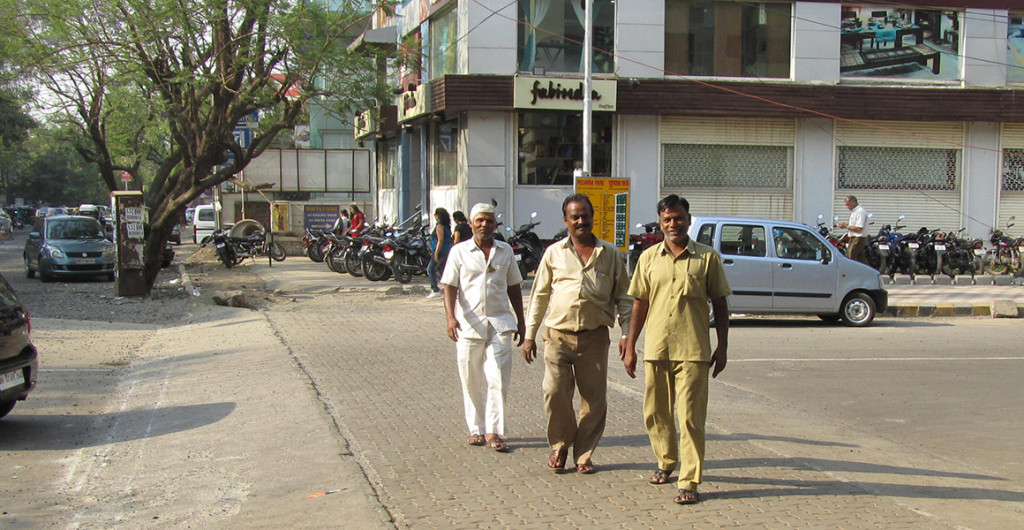
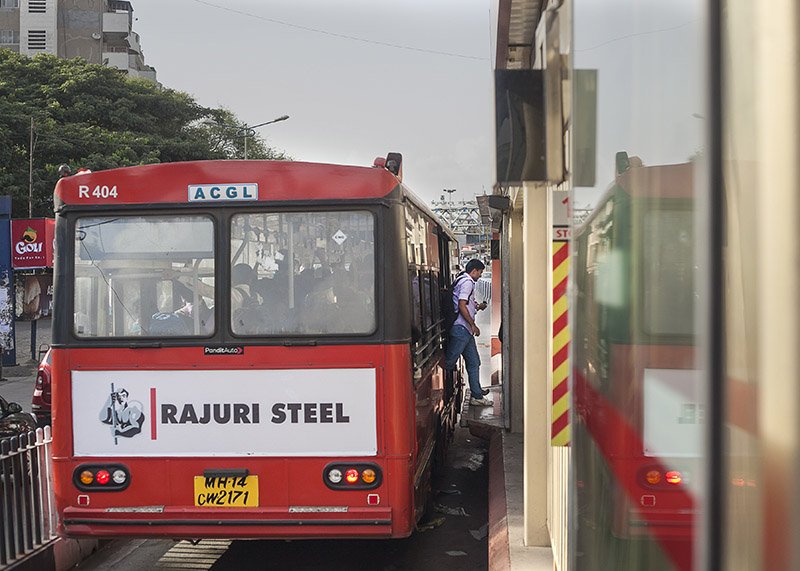
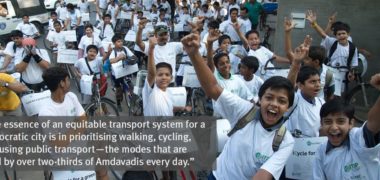
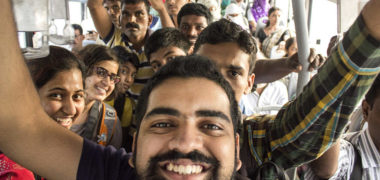
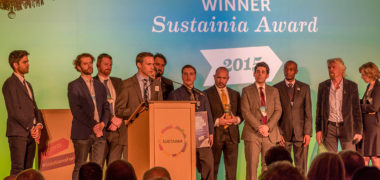
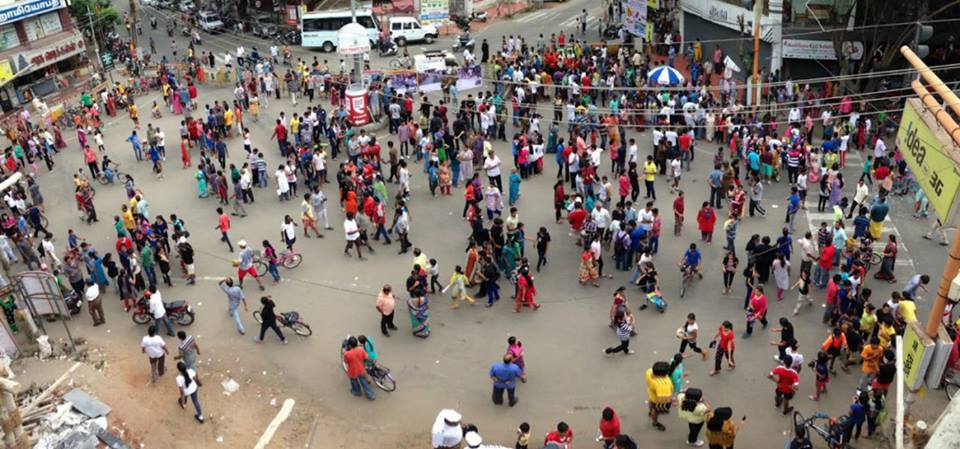
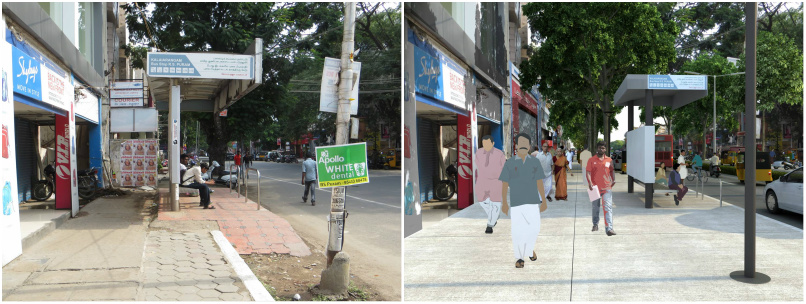
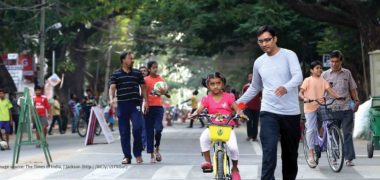
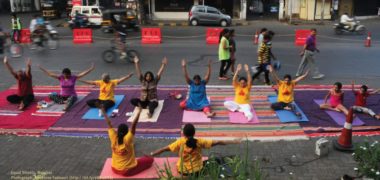
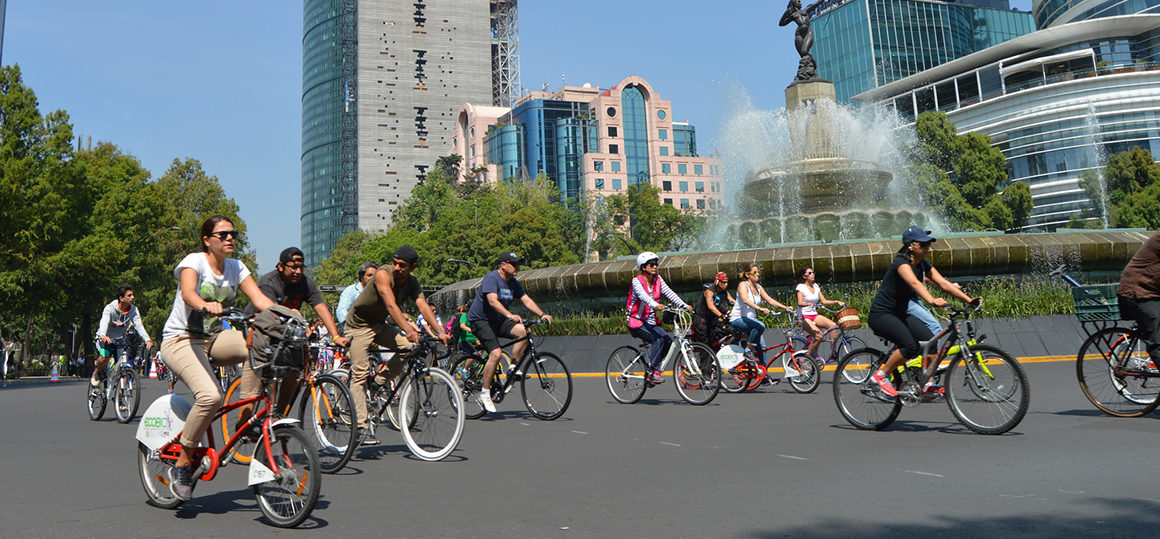
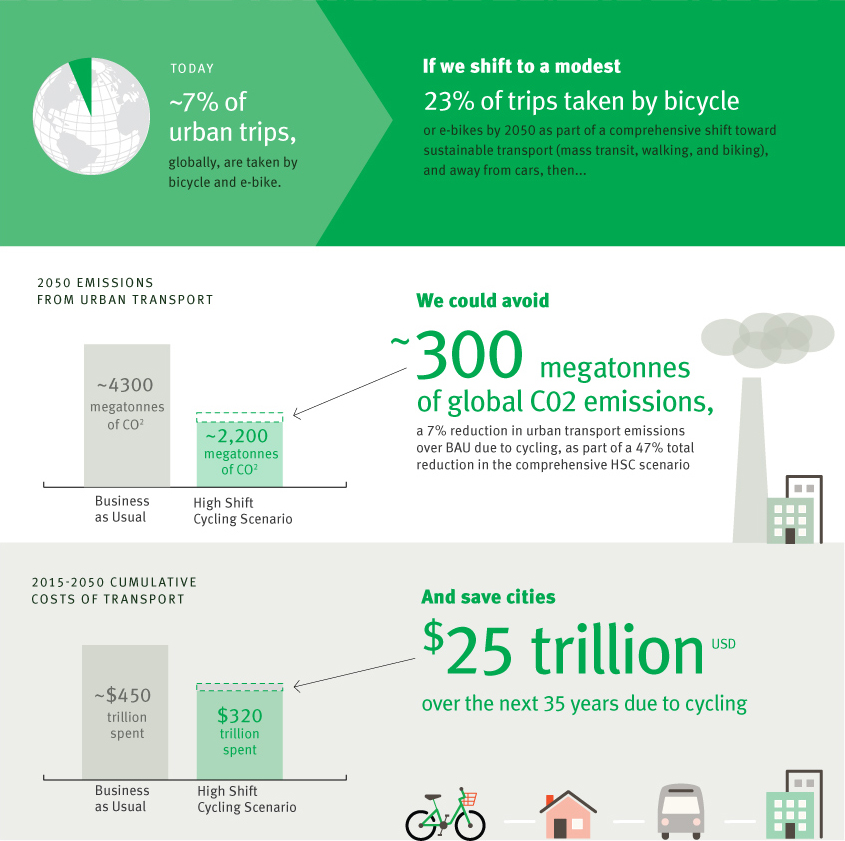
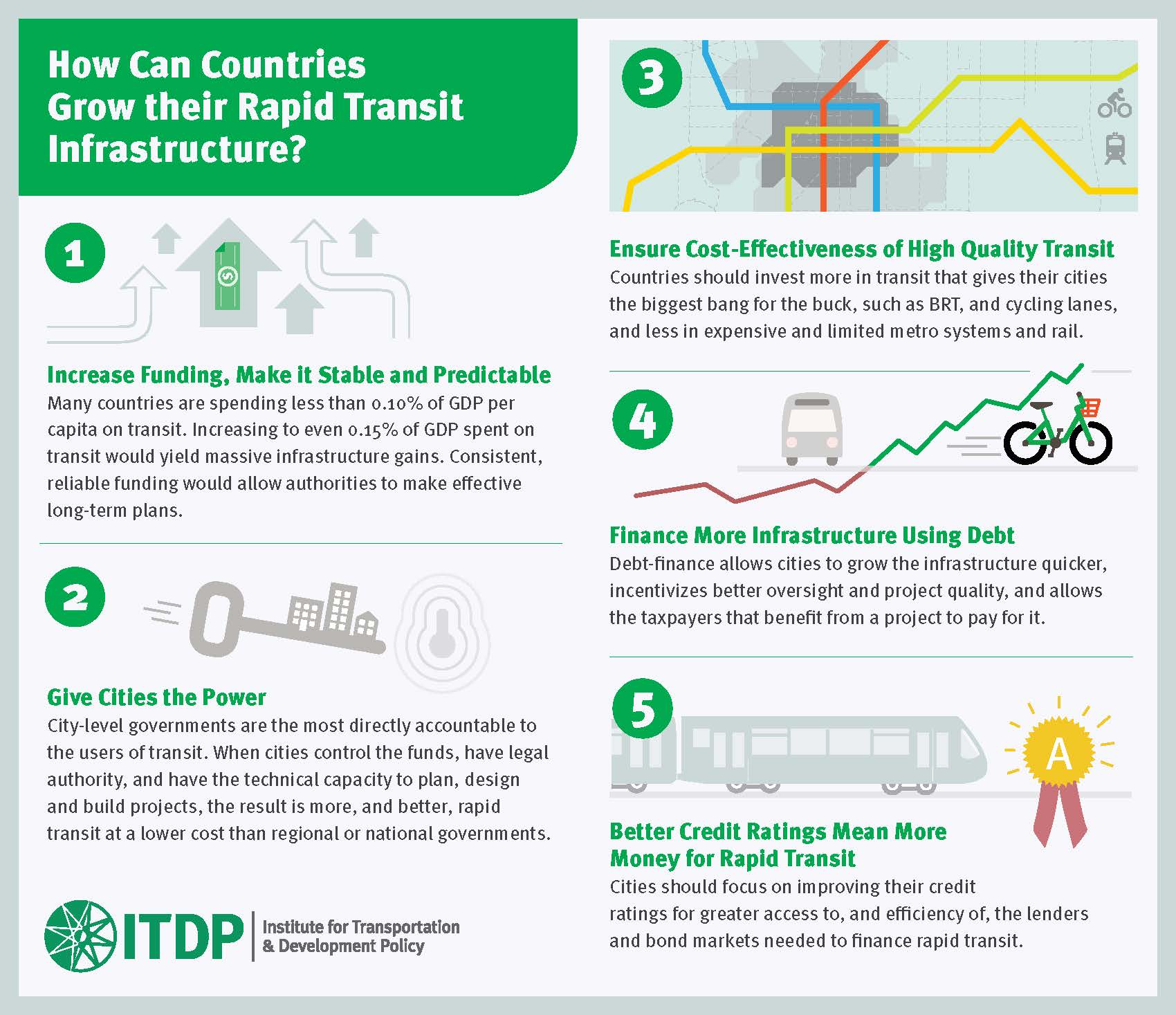
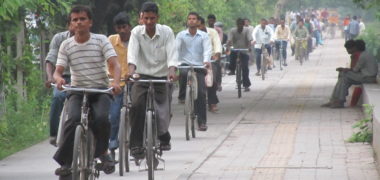

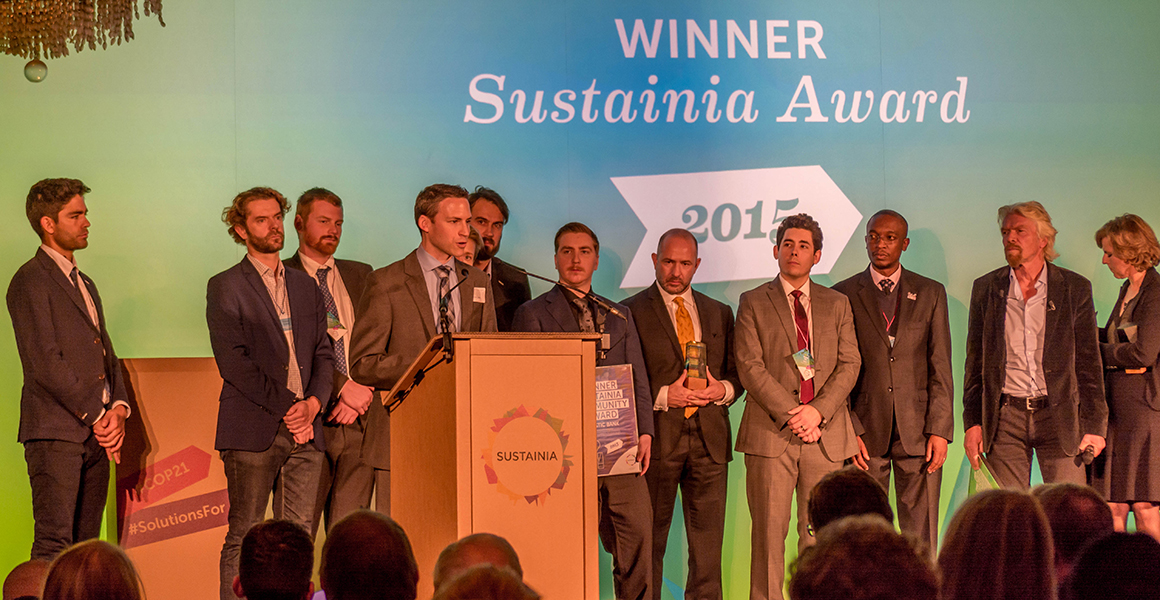
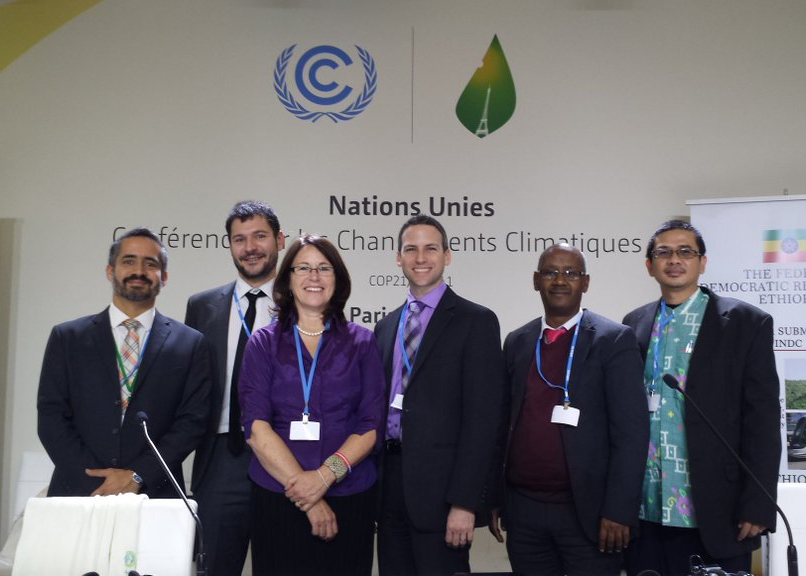 At the Transport Initiatives Day under the Lima-Paris Action Agenda event, a range of high-ranking officials lent their weight and influence to advancing the role of transport in the global discussion, bringing increased visibility to sustainable mobility. The event featured insights from leaders in the transport sector and presentations of 10 examples of successful recent projects from around the world.
At the Transport Initiatives Day under the Lima-Paris Action Agenda event, a range of high-ranking officials lent their weight and influence to advancing the role of transport in the global discussion, bringing increased visibility to sustainable mobility. The event featured insights from leaders in the transport sector and presentations of 10 examples of successful recent projects from around the world.